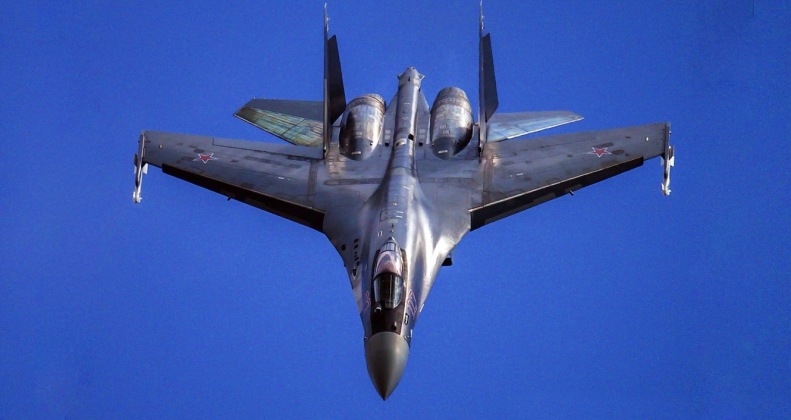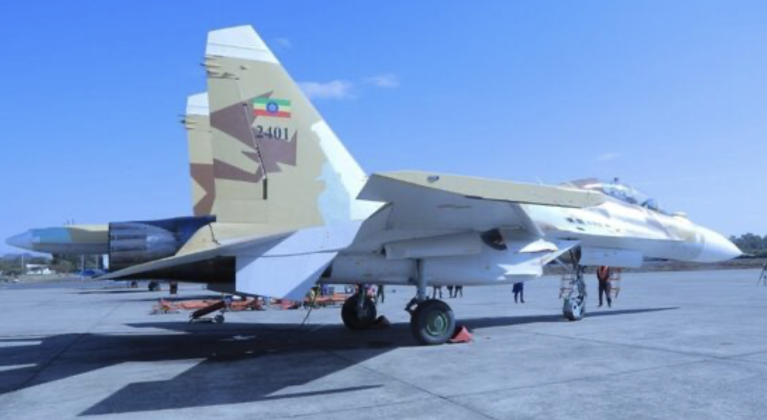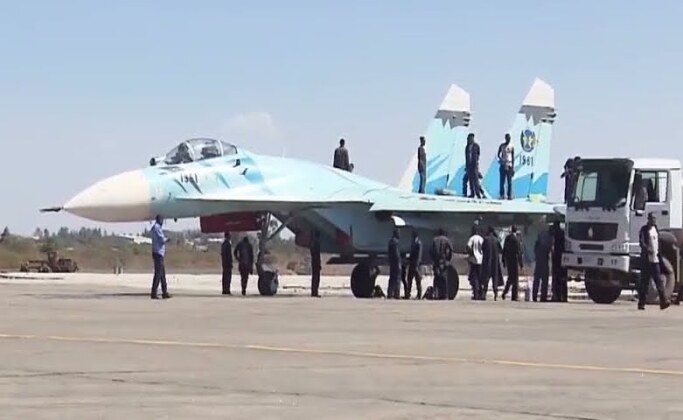News
Ethiopia Orders New Su-35 Fighters to Replace Ageing Soviet Su-27s: How Much More Capable Are They?
A new leaked document from the Russian state defence conglomerate Rostec have revealed that the Ethiopian Air Force is scheduled to receive six Su-35 air superiority fighters. Ethiopia is the third country confirmed in 2025 to have ordered the aircraft, following statements from Iranian officials in January confirming that orders for Su-35s had been placed, and the emergence of footage in March revealing an unexpected delivery to the Algerian Air Force. The Su-35 had previously struggled to gain clients, with only China having received 24 aircraft, while Egypt and Indonesia suspended their orders due to threats by Western Bloc states to impose economic sanctions. Sanctions threats are reported to have deterred multiple further prospective clients from proceeding with orders. Further factors against the Su-35’s favour were competition from the much less costly but for most missions similarly capable Su-30SM, which has been exported much more widely, as well as the expected availability of the significantly more advanced Su-57, which will see its first export deliveries made in the next three months.

Ethiopia previously operated the most capable fighter units on the African continent, after having placed orders for 18 Su-27 fourth generation air superiority fighters in the mid-1990s. Procurements were made in response to neighbouring Eritrea’s order for six Russian MiG-29s, with clashes between the two fighter types during a border conflict in 1998-2000 seeing the Su-27s win decisively in all four known engagements. Now approaching 30 years in service, it has long been speculated how the Ethiopian Air Force will replace its Su-27s, with the service in January 2024 becoming the fifteenth in the world to receive Su-30 fighters, although only two are known to have been delivered. With the delivery of Su-35s now confirmed, which are single seat aircraft with no trainer variants, it appears that the Su-30s are intended to serve as trainers for the fleet.

The Su-35 and Su-57 have long been speculated to be leading candidates to modernise the Ethiopian fleet, with both designed as successors to the Su-27 with lower operational costs and maintenance needs. Orders for just six Su-35s to replace a fleet of 18 Su-27s raises the possibility either that further orders are expected, or potentially that a mixed force of Su-35s and Su-57s is planned, much as the Algerian Air Force has itself planned. Compared to the Su-27, the Su-35 benefits from integration of the Irbis-E electronically scanned array radar that provides overwhelming advantages over the original N001 mechanically scanned array radar. As among the largest fighter radars in the world, it allows for detection of hostile aircraft at 400 kilometre ranges, targeting at 300 kilometres, at has considerable electronic warfare potential.

Among the Su-35’s other strengths, the fighter type also integrates twoN036B-1-01 radars in its wing roots, makes much higher use of composite materials for a reduced weight and more durable and maintenance friendly design, and integrates the new AL-41F-1S engine providing a much improved range and flight performance. The aircraft is significantly more versatile carrying a range of precision guided air-to-surface and air-to-ground weaponry, while its R-77M and R-37 air-to-air missiles are two generations ahead of the Su-27’s own older Soviet-era missiles. The fighters will restore the standing of Ethiopian fighter units as among the most capable on the African continent, with their capabilities being rivalled only by Algeria’s own Su-35s and incoming Su-57s.












